-
Posts
20,233 -
Joined
-
Last visited
Content Type
Profiles
Blogs
Forums
American Weather
Media Demo
Store
Gallery
Posts posted by andyhb
-
-
It's almost as if @RCNYILWX knew what he was talking about or something...
-
 5
5
-
-
1 hour ago, McHenrySnow said:
Can't imagine the desire for an above normal spring. it's already going to be 80 + for three months straight, minimum. Move to Florida!
I doubt a lot of people want winter to continue into April either.
-
20 hours ago, raindancewx said:
Spring 2021 on the Jamstec also looks a lot like Spring 2001, 2012, 2014.
 re: Spring tornado chances. 2008/2017 would be more promising though.
re: Spring tornado chances. 2008/2017 would be more promising though.
-
Looks like Tropical Tidbits has their SSTA analogs up and running again. That would certainly be a favorable set for an active severe weather season, especially early season.
On the other hand, rapidly decaying Ninas in 3.4 over the past 20 years have been very unfriendly to the Plains in peak season, as such years consist of 2006, 2009, 2012, 2017, and 2018.
-
 1
1
-
-
4 hours ago, dmc76 said:
Cutters.
Difficult to get cutters when you have a strong block over the Davis Strait.
-
 3
3
-
-
53 minutes ago, Angrysummons said:
low frequency enso phases tied to other indicators definitely can tell you alot. So Texas had a substantial snow event, that means what in the end??? Especially the fast melt job that will be. This board persistently humps modeling between 168-240 and that simply has gotten old. Trends don't die, they change with the pattern.
Posting/discussing ensemble forecasts in that range is problematic how? That's what they're designed for.
Also, you were the one that made a blanket statement about west-based La Ninas, not me. The point is that we haven't exactly been in a "typical" pattern of La Nina (or anything close to what you are claiming) recently. Ongoing -NAO argues against a torch, as does the potential for ridging over the EPAC/AK later in the month.
-
 2
2
-
-
Interestingly the MEI data is tracking right along with 07-08 and 98-99 for the past 4-5 months, despite the SSTAs being quite a bit weaker through most zones. Well behind 2010-11 though, which is the strongest La Nina via MEI in the entire dataset going back to 1979. Also pretty close to 08-09 and 11-12.
If we're talking severe weather season strictly looking at these four years, there's quite a divergence between 07-08/98-99 (highly active seasons) and 08-09/11-12 (much quieter ones). The latter two show a poleward retracted jet in AMJ as opposed to the former.
-
 1
1
-
-
37 minutes ago, Angrysummons said:
You started it. Pretty clear we are moving into the coldest part, in terms of upstream support, of this winter, but its a "La Nina West". Weak northern jet and zonal flow. East/Eurasia got the good stuff this winter unlike past La Nina west's. My guess we will be pushing into the end of the month and those La Nina west's love to push torches in February at some point..........tick tick tick tick.
This is gibberish. With ridging into AK yielding a Siberian connection (dislodging cold air) and strong -NAO blocking near/over Greenland, an all out torch is highly unlikely ala 2012.
Low frequency (ENSO) signal is not the be all/end all. Hell, south/central Texas got a substantial snow event yesterday, that doesn't typically happen in a La Nina year given the suppressed sub-tropical jet.
Edit: I should've expanded my post yesterday to mention late January as well, since that looks to be when we will see more of a transition.
-
 3
3
-
-
For lack of a better term, February looks like it could offer the chance for a blockbuster or two for the Lakes as the North American longwave pattern retrogrades plus continuing high latitude blocking (albeit likely relaxed some) and a more Nina-like regime resumes. Should note that with this high latitude blocking comes some degree of suppression to the typical SE ridge, and less likelihood for storms to cut west of the sub-forum.
Going to have to watch severe weather chances down south I'd imagine as well.
-
 7
7
-
-
1955 was a very active spring over the Southern Plains severe weather wise, especially for the time.
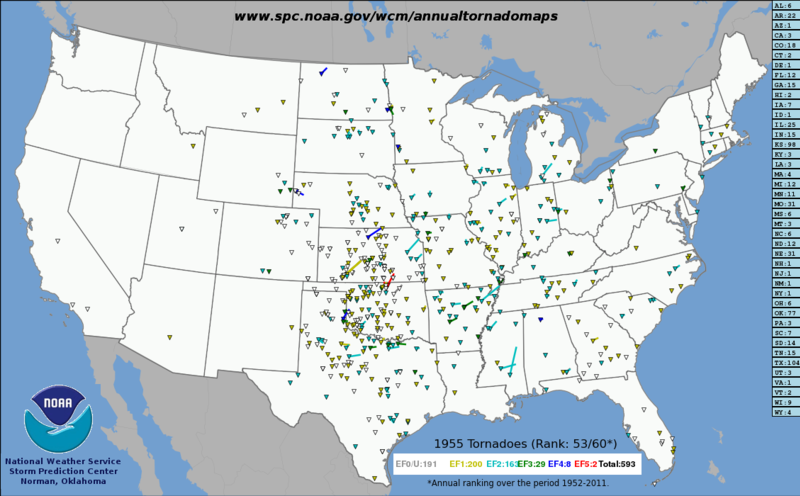
-
 1
1
-
-
13 hours ago, raindancewx said:
The SOI values in Oct-Dec match pretty well to observed US weather the past few months if you use a blend of 1954, 1959, 1961, 1999, 2011.
SOI Oct Nov Dec 1954 2.2 2.3 11.5 1959 4.7 11.2 6.9 1961 4.7 6.8 12.5 1999 9.5 11.6 12.4 2011 9.7 12.4 22.2 Blend 6.2 8.9 13.1 2020 4.4 9.2 16.6 Looks like the two years that had big -NAOs in January out of that composite are 1955 and 1960. The former just seems to be a pretty good analog in general the more I filter.
-
-
Well the Euro is certainly... fun next week. As in two feet of snow for ICT and >30” for Manhattan fun.
-
 1
1
-
-
2 hours ago, Angrysummons said:
Called a -ao buddy.
It would be nice if you weren't constantly such a d*ck.
-
 5
5
-
 5
5
-
 1
1
-
-
Active tornado season in Dixie, not necessarily the Plains.
That, and weak La Niña (which is what the weeklies have been shifting towards in 3.4) has not been friendly to tornado season as of late (2006, 2009, 2012, 2017, 2018).
-
 1
1
-
-
-
Aside from the 8/10 derecho, lol this severe season. Can’t say things are looking up for next year for us out here in the Plains with the raging drought out west and La Niña conditions, but I could certainly see some Midwest shenanigans.
-
 1
1
-
-
Also regarding fairly modest storms (intensity wise via central pressure) producing extreme snowfalls.
-
Looks like a new report of 4 feet came in for NH.
-
NWS BGM met.
-
 8
8
-
-
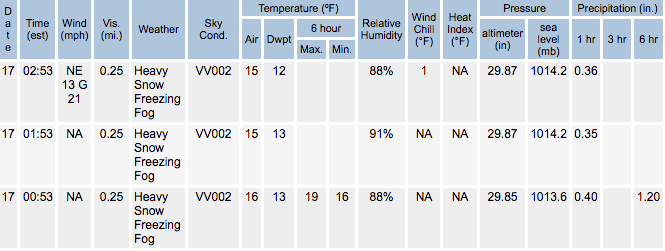
Just lol @ sustaining 0.35-0.4" QPF/hr rates in 15˚F temperatures.
-
 3
3
-
-
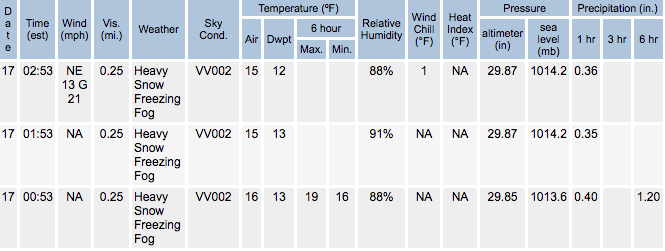
Oh no biggie just 1.11" QPF in 3 hours with temperatures of 15˚F.
-
 4
4
-
 2
2
-
-
2 minutes ago, Arnold214 said:
My friend just measured 31” there. If they dont do 40-45” i’d be shocked.
Only thing I can compare it to is the band with the Pi Day blizzard in March 2017 or the one with the Feb 2013 blizzard in CT (and that was significantly shorter duration).
-


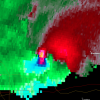

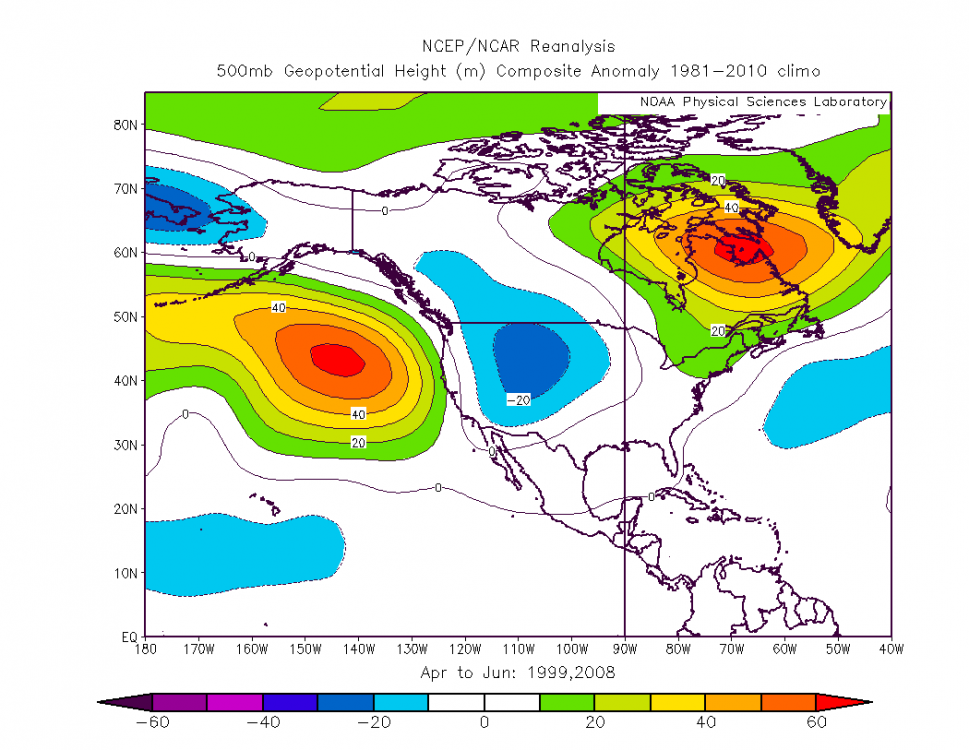
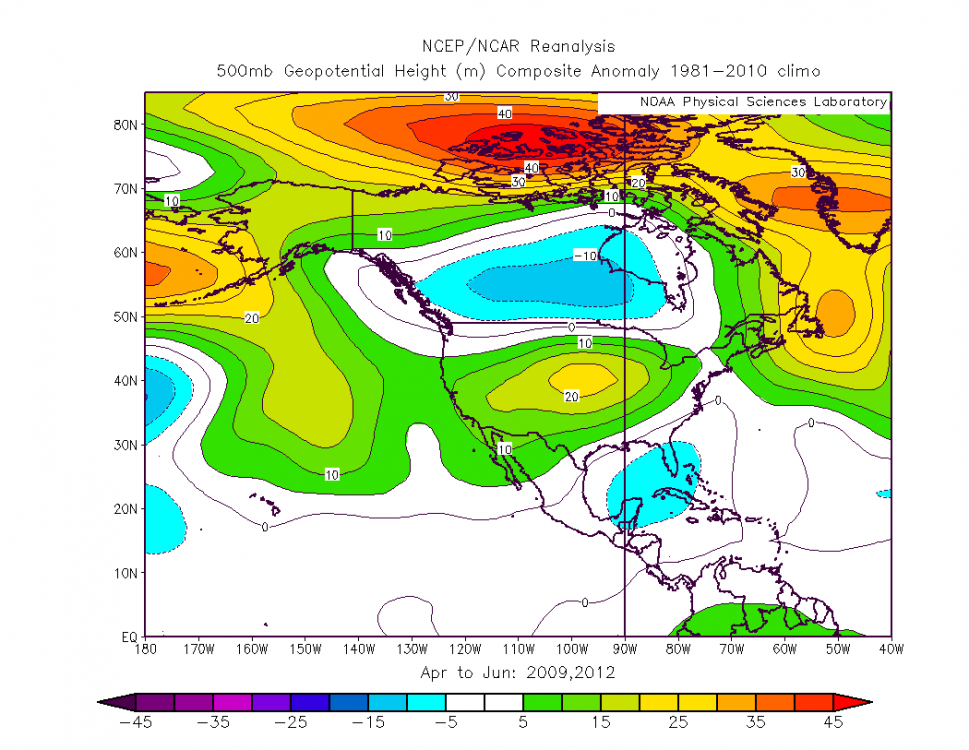
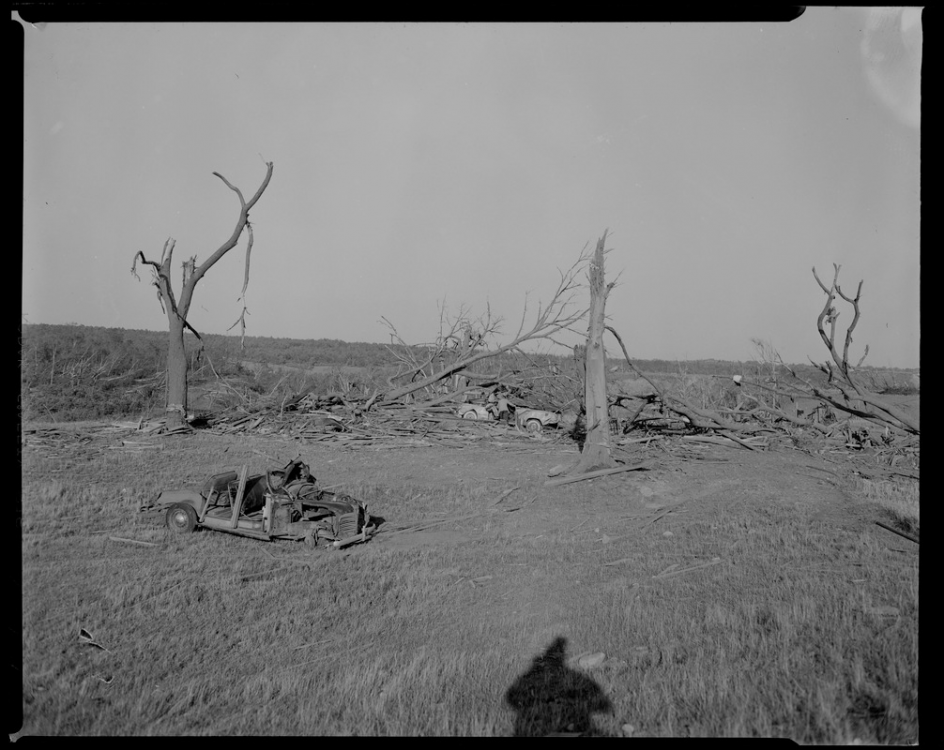
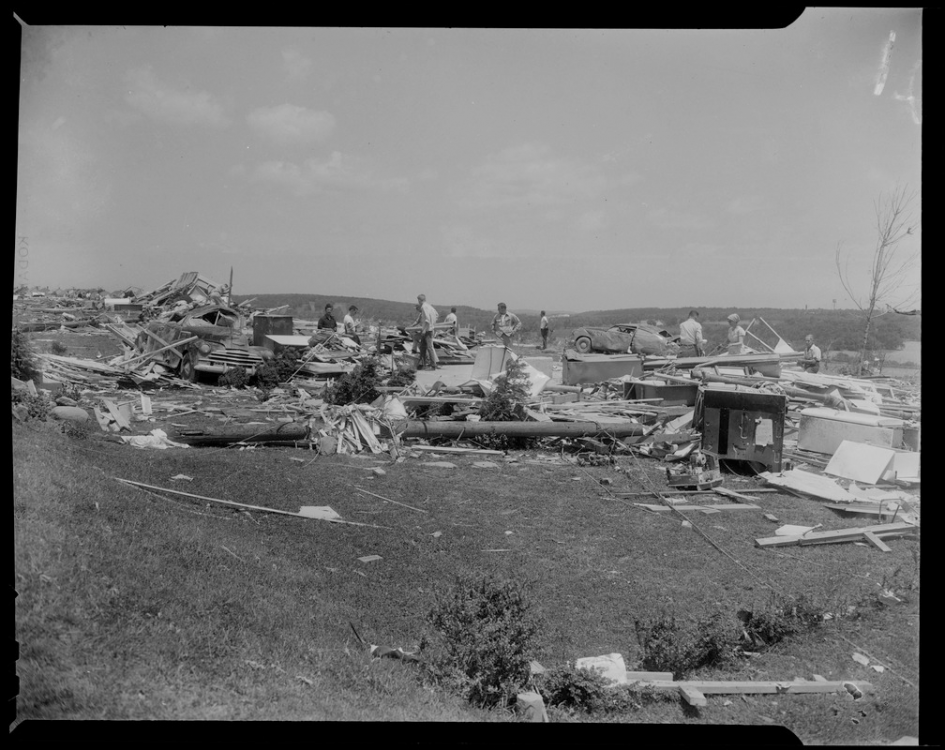
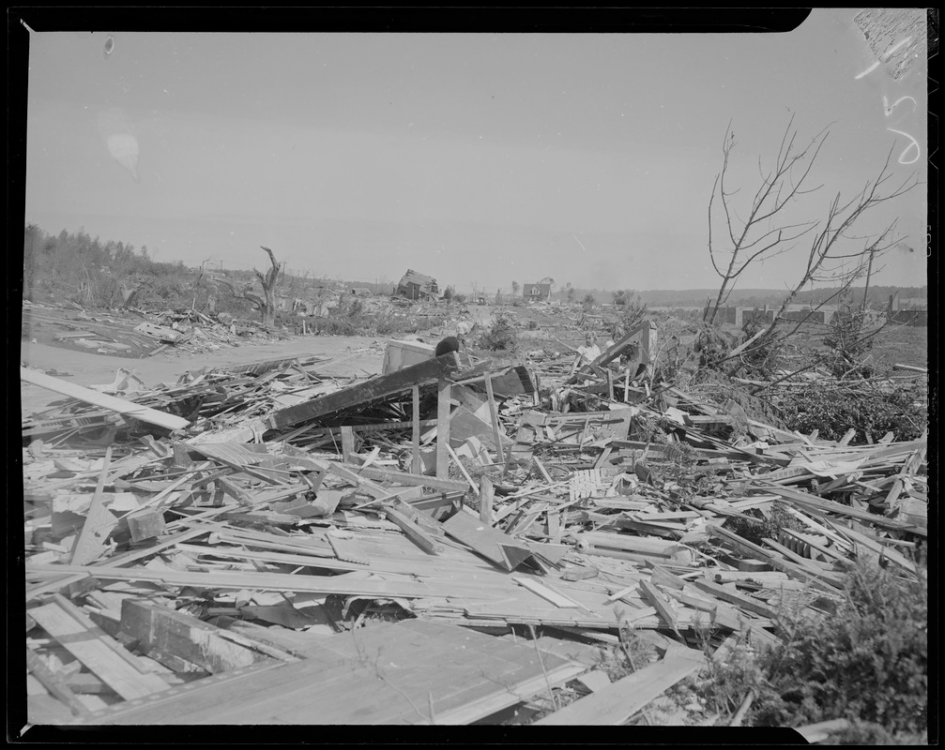
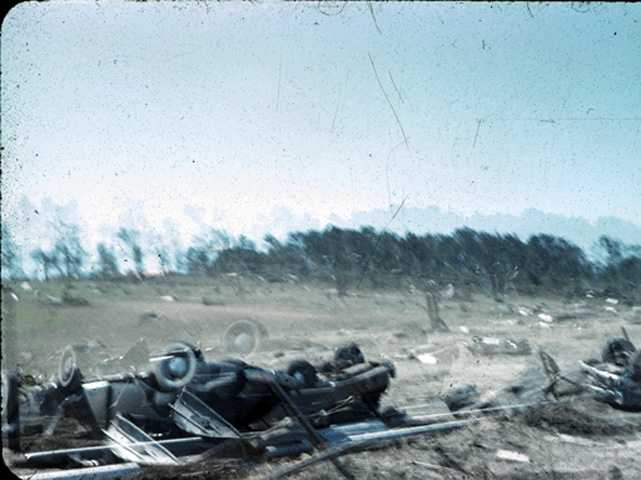
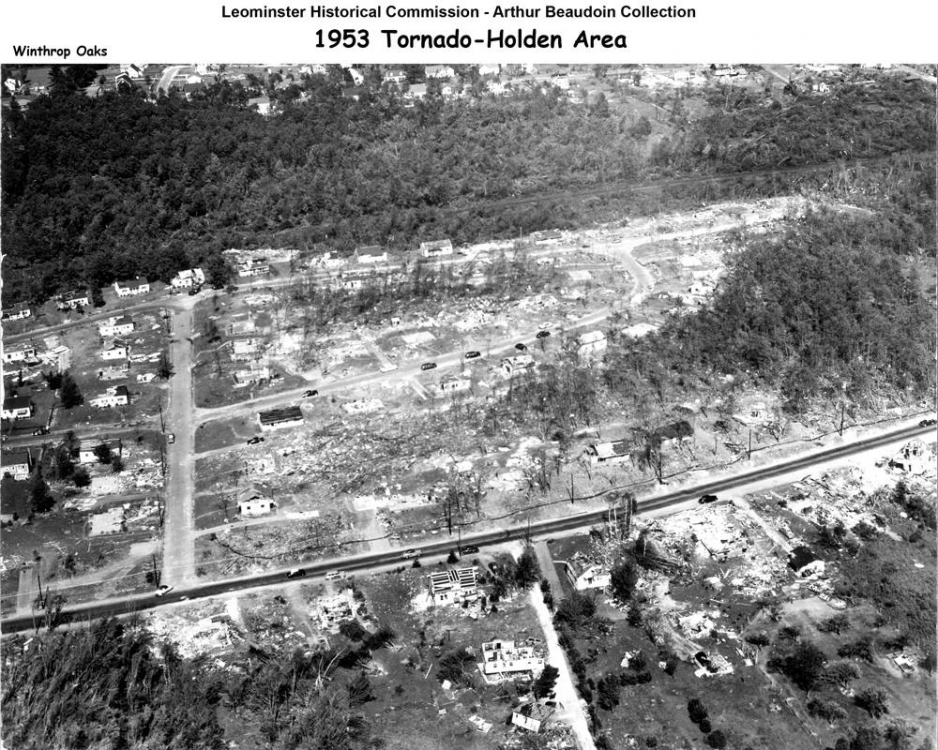
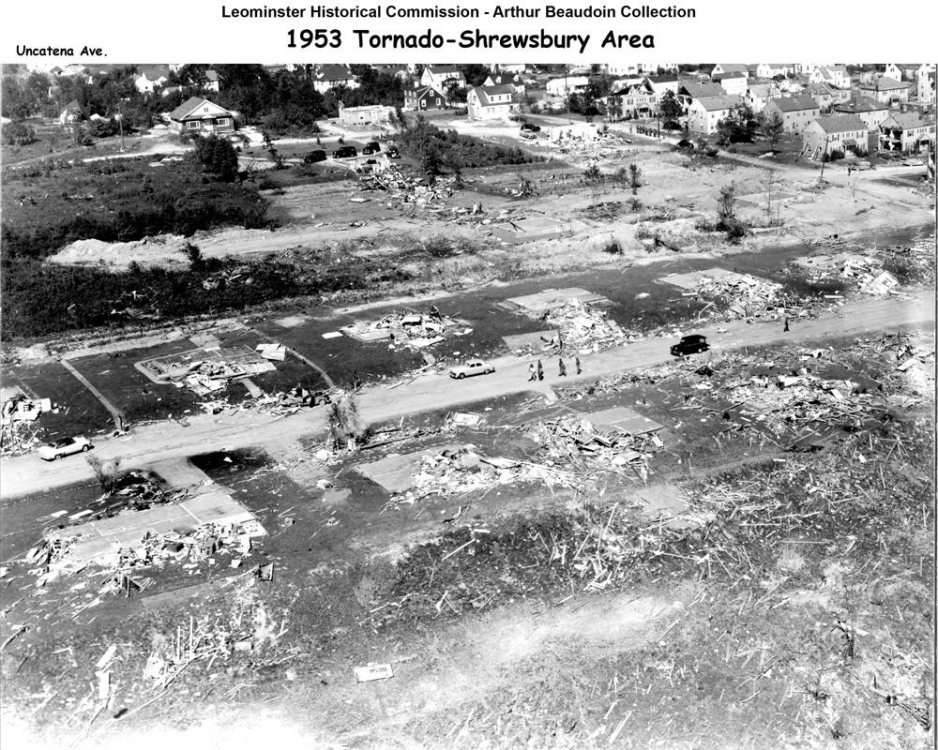
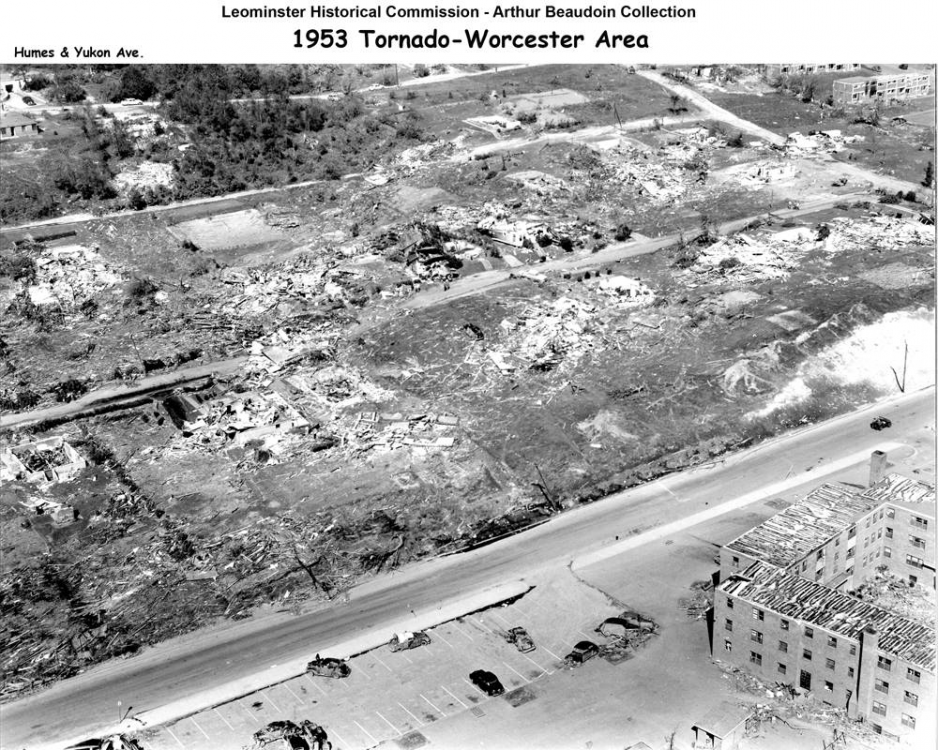
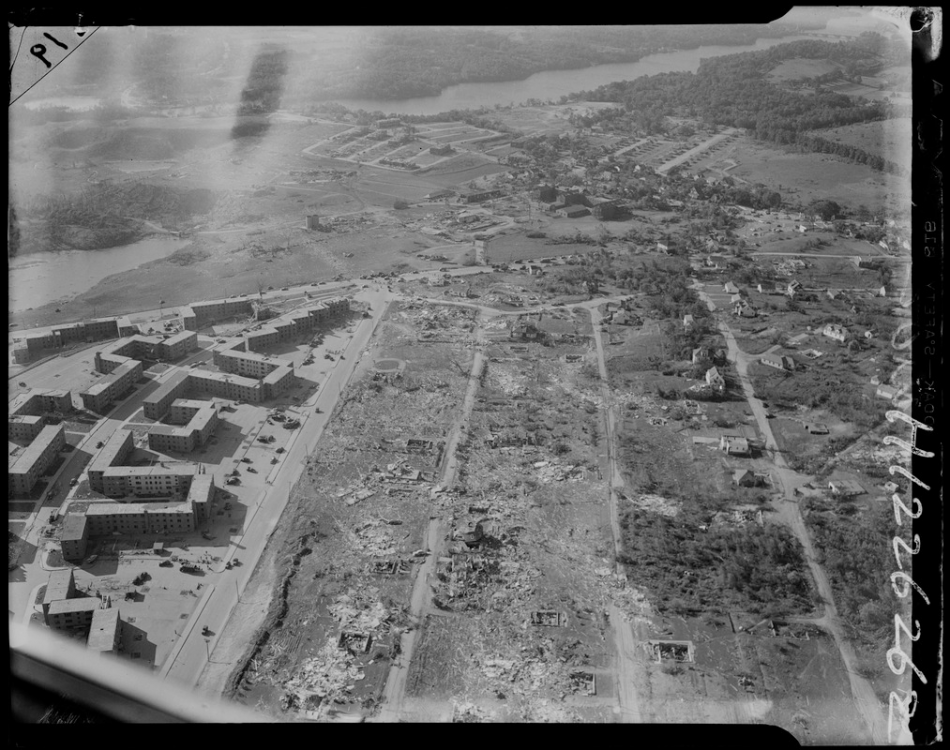
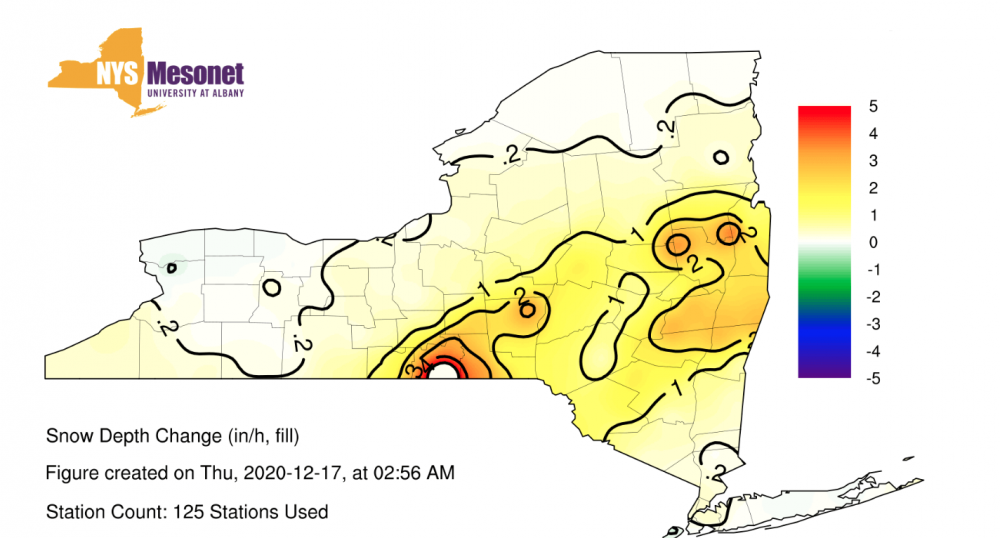
Jan 24-26th Something Potential
in Lakes/Ohio Valley
Posted
Going to be a lot of precip with this thing if the trough has any degree of amplitude upon reaching the OV/Lakes. Gulf is wide open.